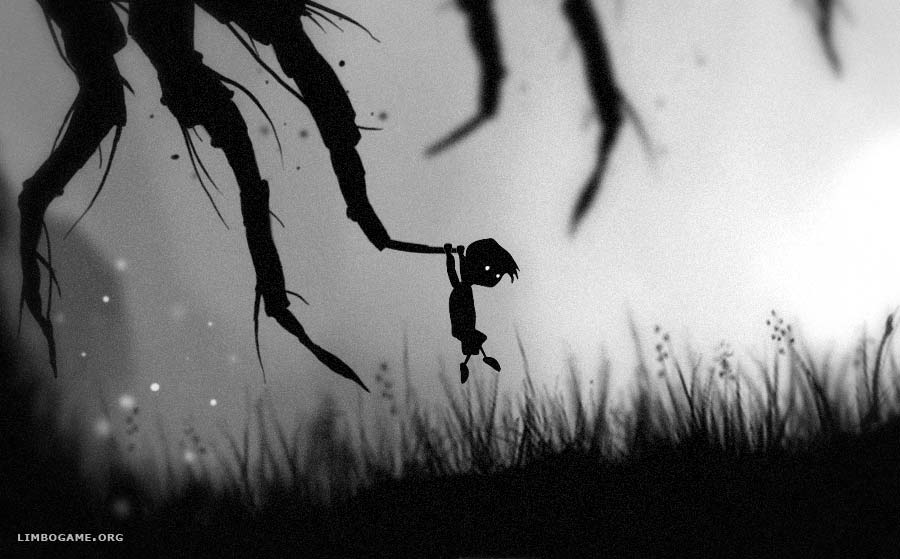Trending
Opinion: How will Project 2025 impact game developers?
The Heritage Foundation's manifesto for the possible next administration could do great harm to many, including large portions of the game development community.

Featured Blog | This community-written post highlights the best of what the game industry has to offer. Read more like it on the Game Developer Blogs or learn how to Submit Your Own Blog Post
Some personal thoughts on how gameplay and thematic elements work together to create great games.

Taken from www.sleepy-genius.com
When I first got into game design, what constituted good game design was a much simpler concept.
Gameplay rules.
The back story and characters were a rough means to an end. In most cases it didn't even matter. Just take the general gameplay and reskin it. This is best shown in the platform game boom of the 90's. Mario spawned it all and proved that backstory didn't need to be super strong to take players into a new land.

Mario and the Missing Princess
You are a plumber... who needs to save a princess... and you jump on turtles. What sense does that make? The gameplay, oh the gameplay, made up for it in spades. At least the success of Mario made me believe that story wasn't important. Gameplay must be king. Then as we moved forward, story became a bit more integrated into the gameplay.
* Sonic was a hedgehog granted with mystical shoes and the gift of speed.
* Mega Man was the only good free thinking robot left to stop the rogue robot apocalypse.
* Samus must stop the Metroid threat from overtaking the universe.
These games gave credence to the idea that story could enhance solid gameplay. But still, my belief was amazing gameplay was paramount in making a major hit. Then there was a coherent meeting of both story and gameplay.
Two games in my memory melded both: Flashback and Metal Gear Solid. Both amazing products that brought a new level of storytelling and how it can influence and motivate gameplay. All of a sudden level objectives matched the narrative of the story. That blew my mind. And in the case of Metal Gear Solid, the presentation rivaled movie experiences. A first for games.
What is most interesting to me, and point of this post, are the recent trend of "art" games. The ones that jump to mind are Limbo, Shank, and Scott Pilgrim. All visually stunning games. However the gameplay of these games may be considered standard. Passable, but nothing spectacular. And yet, the press and anticipation for these games were high.

Limbo
Ask yourself, would Limbo be a great game if it were not for the silhouette presentation? Would the gameplay by itself be entertaining? Could you replace the nondescript character with a fuzzy anthropomorphic critter and enjoy the game the same? Probably not. Theme is so important to the success of these games. Which then makes me look back at Mario. Would Mario still be successful if we changed the main character and all his antagonists? Probably not. The eclectic mix of architecture and characters is unique and special to the world of Mario. Any abstraction would diminish the charm and personality of the universe it has created.

Shank Wallpaper
However the art games are heavily steeped in theme. And gameplay loosely supports the theme. Not that the gameplay isn't good, but it isn't groundbreaking. It is a means to selling the strong character and the world they live in. These most recent games just remind me the importance of presentation and belief in the world we present.
We can't just concentrate on solid gameplay any more. We must also think of how we present it to the player. It's the difference between a short order cook and a gourmet chef. The former just places meat and potatoes on a plate. The latter finds a way to adorn the plate as if it was art. And as a game designer I need to learn how to plate our savory and sweet creations.
Read more about:
Featured BlogsYou May Also Like